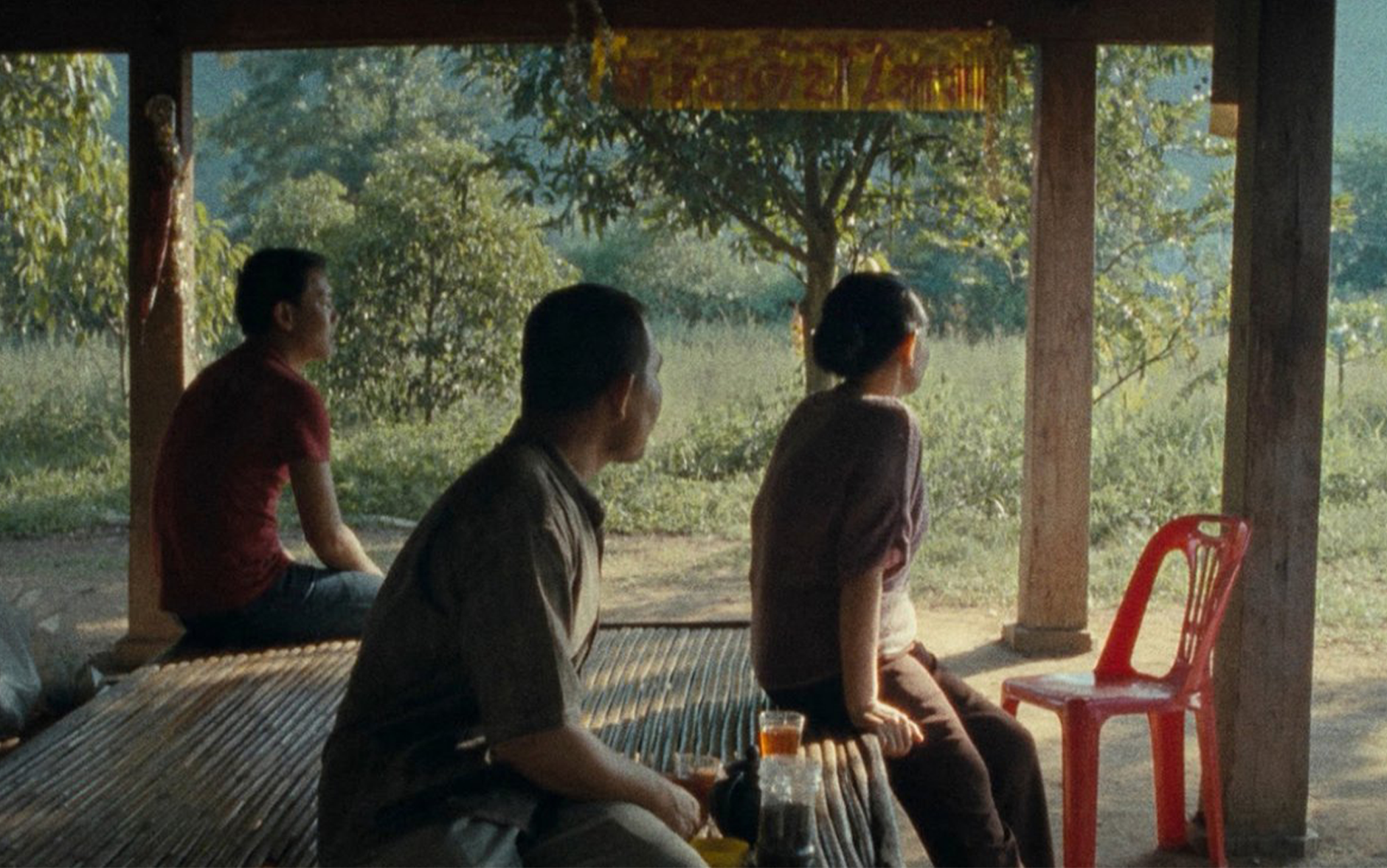Lecture Series Takes World Cinema Beyond the Classroom
Before we can really say what “World Cinema” is, we have to think about a more fundamental question,” explained Marta Figlerowicz. “What do you think a world is?”
There are other terms to talk about cinema from more than one place—international cinema or global cinema, for example—but world cinema can be turned around: “I can talk about my world, which is subjective to me, and which is different from your world, subjective to you.”
World Cinema is the focus of this semester’s Franke Seminar and Lectures, taught by Figlerowicz. The semester is divided by regions: “When you think about how films circulate, how an audience has access to different ranges of films, in any given place there is a large orbit of film and visual media that circulate.” To illustrate, she recounted the experience of being in a restaurant in Tashkent (in Central Asia), where two TVs were each playing music videos. On one side of the room, a Bollywood production played; on the other, a Polish one. Thinking about regions helps the class see how the scope of circulation changes.
The world is big, and a semester is 14 weeks long: how do you make a syllabus? “I am perennially dissatisfied,” Figlerowicz told me. “Something I thought a lot about was that, back in the day, in the ’80s and ’90s, you could think of the teacher as a gatekeeper to an archive. Unless I showed you a film, it would be hard to access. But these days, students can cue up films and shows on Netflix that come from all over the world, and so the task of the course has shifted to teaching students how to become curators of their own experience. Also, a more diverse student population helps us to think better about the word foreign—in any given week, some students are suddenly experts in the discussion. This is just an exceptional group of students, and Katie Kirkland is a wonderful TA, so I feel very lucky every day.”
Nevertheless, the scope of World Cinema remains daunting. Enter the four Franke Lectures, sponsored by the Whitney Humanities Center to broaden the conversation beyond the classroom. Each lecturer gives a public talk on Tuesday afternoon and then joins the seminar the following day. The range of their approaches, Figlerowicz explained, is just as important as their regional expertise: “I wanted to introduce students to a diversity of approaches to world cinema—not just in regions, but also in what kinds of approaches are possible.” Mariano Mestman (University of Buenos Aires) is a historian of Third Cinema, and will think about the longue durée of cinema. Kareem Khubchandani (Tufts) is both a queer theorist and a drag queen, so they will give a formal lecture and do a drag show, as LaWhore Vagistan—“Make sure you come to the drag show!” Ou Ning is a director from mainland China who talks about film as a form of social engagement. And Moradewun Adejunmobi (UC Davis) will think about seriality and Nollywood, an approach that, Figlerowicz added, speaks to an important question for studying World Cinema at Yale: “how to teach and study mainstream cinema from a non-Western region, cinema that is not your classic festival film, neatly packaged for an international audience.”
Check out the full schedule here.
The annual Franke Lectures in the Humanities are made possible by the generosity of Richard and Barbara Franke.
 Nathaniel LaCelle-Peterson is a graduate student in Comparative Literature and Film and Media Studies broadly interested in ways of thinking about material and form from the nineteenth century to the present. He is also a Whitney Humanities Center Graduate Fellow in the Environmental Humanities.
Nathaniel LaCelle-Peterson is a graduate student in Comparative Literature and Film and Media Studies broadly interested in ways of thinking about material and form from the nineteenth century to the present. He is also a Whitney Humanities Center Graduate Fellow in the Environmental Humanities.

